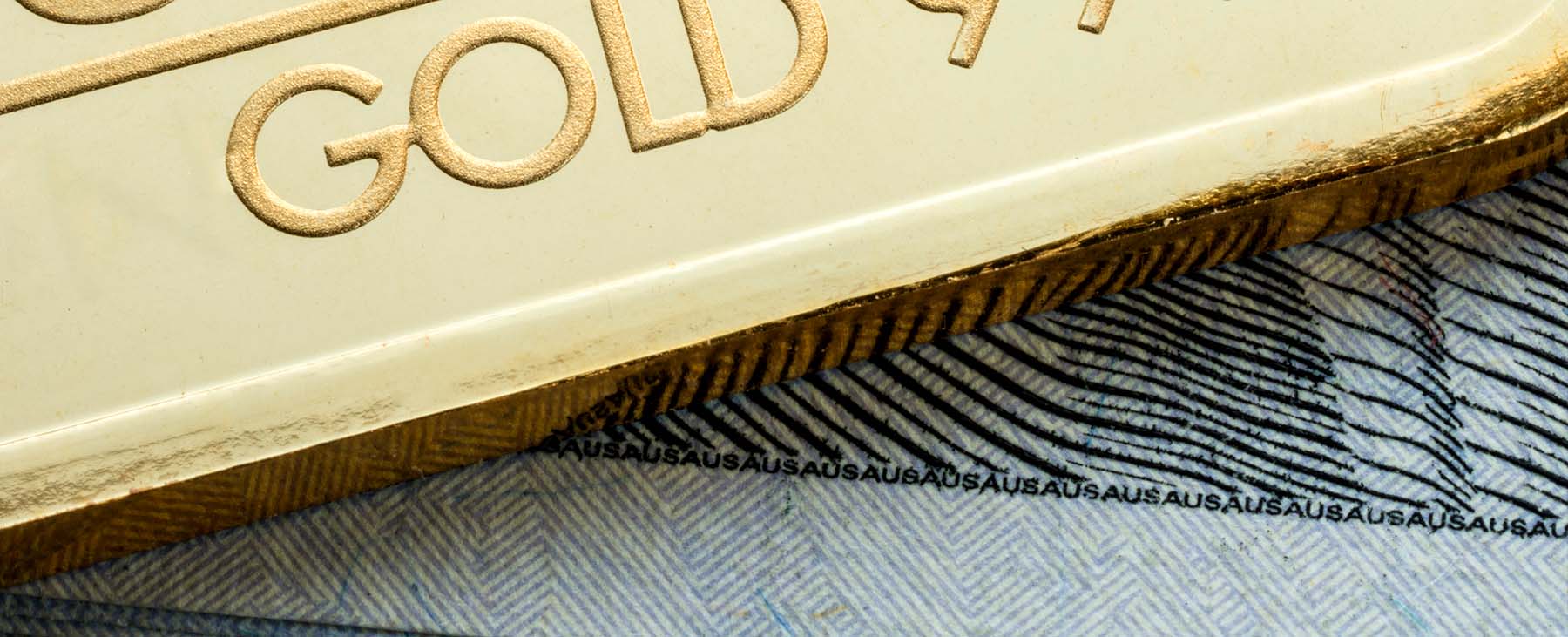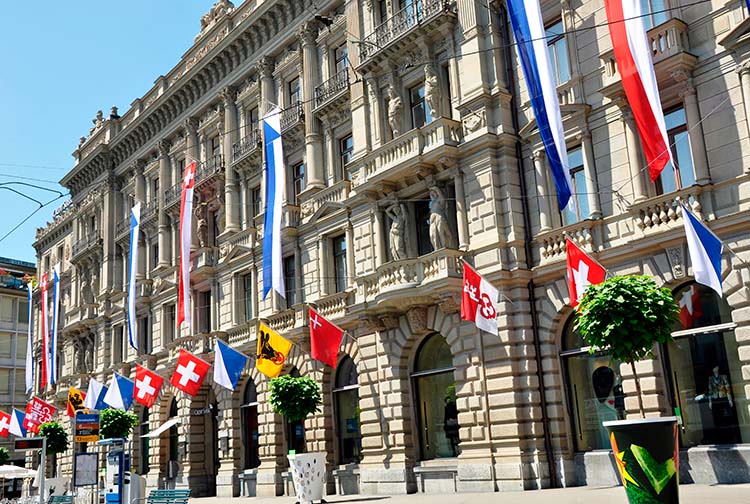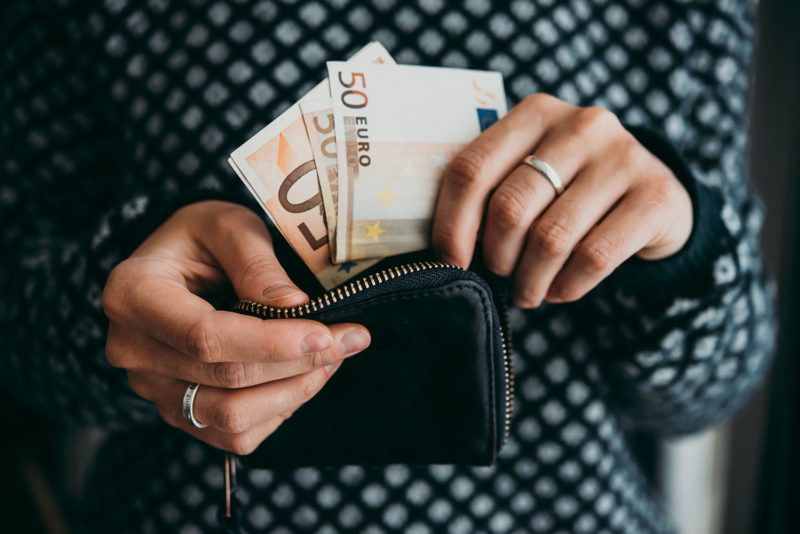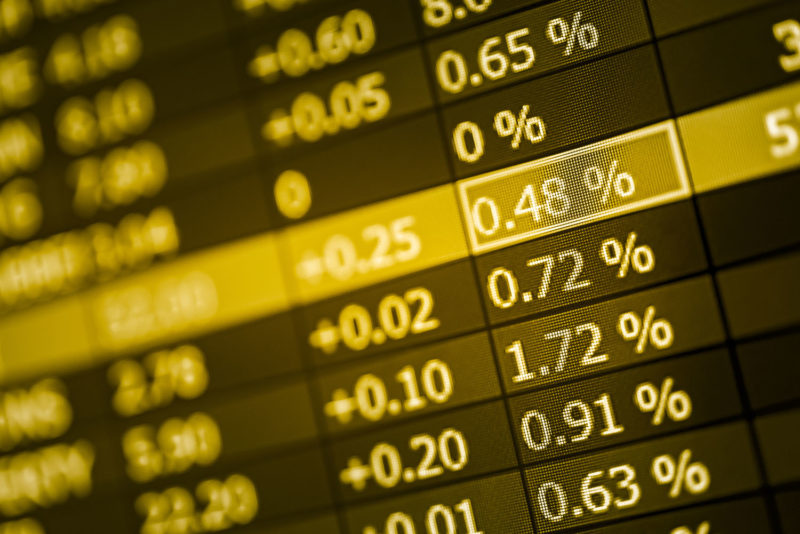

Gold demand hits record highs
Les compres d’or dels bancs centrals es disparen fins a una xifra rècord de quasi 400 tones en el tercer trimestre de 2022. Una tendència a l’alça reflectida pel sector de la joieria i la demanda de lingots i monedes d’or per part dels consumidors.
Segons informa el Consell Mundial de l’Or (WGC, per les seves sigles en anglès) en un estudi publicat l’1 de novembre, el tercer trimestre de l’any els bancs centrals van comprar un total de 400 tones d’or. Aquesta xifra gairebé dobla l’anterior rècord aconseguit el 2018, quan es registrava un volum de compres de 241 tones.
L’entitat també assenyala que això suposa el vuitè trimestre consecutiu de compres netes d’or per part dels bancs centrals, elevant el total interanual des de que va començar el 2022 fins a 673 tones, quatre vegades més que les dades reflectides en el mateix període del 2021, i el volum més alt des de 1967.
Els bancs centrals de països com Turquia, Uzbekistan, Qatar i la India, són alguns dels que més or van comprar en el tercer trimestre de 2022, segons l’informe del WGC, però s’ha de tenir en compte que grans compradors d’or, com la Xina o Rússia, no publiquen dades de les seves reserves i compres de metalls preciosos.
De la mateixa manera, l’elevada inflació va esperonar la demanda de lingots i monedes d’or per part d’inversors detallistes, fins a uns màxims que no s’havien vist en sis trimestres. En aquest sentit, destaca la Xina, on la compra de lingots i monedes gairebé es va duplicar fins a les 70 tones respecte al trimestre anterior.
Però el preu segueix baix. Per què?
Des de principi d’any, el preu de l’or ha caigut al voltant d’un 6%, assolint mínims no gaire distants dels que es van veure al començament de la crisi sanitària el 2020, abans que es disparés el seu valor a finals d’aquell mateix any. De fet, el preu de l’or no s’ha recuperat gaire després de perdre un 20% del seu valor des del pic assolit el mes de març passat, tot i que la setmana passada va pujar un 6,25%, un 5,85% respecte al mes anterior.
Aquesta aparent incongruència, donat l’increment de demanda, té vàries possibles explicacions. Per una banda, la pujada dels tipus d’interès als Estats Units i Europa, així com la fortalesa del dòlar, i dels bons governamentals, que generen un major rendiment per als inversors i també són considerats un valor refugi, expliquen part de la caiguda del preu de l’or.
Per altra banda, molts inversors financers van vendre accions en ETF recoltzades per or, a mesura que pujaven les taxes d’interessos. La subseqüent venda de lingots d’or per part dels ETF va provocar una caiguda del preu de l’or físic de fins al 8% en el tercer trimestre, a la vegada que estimulava la demanda de l’or de joieria.
Tot i això, la majoria d’analistes financers coincideixen en pronosticar que el preu de l’or tornarà a pujar significativament el 2023, després de la possible caiguda del valor del dòlar i dels rendiments dels bons del tresor, continuant la tèndencia prevalent en els últims cinc anys, en els que l’or ha vist augmentat el seu valor en un 37%.
Si vols descobrir la millor opció per protegir els teus estalvis, entra a Preciosos 11Onze. T’ajudarem a comprar al millor preu el valor refugi per excel·lència: l’or físic.
Si t'ha agradat aquesta notícia, et recomanem:
 Economia
EconomiaEl col·lapse de la lliura provoca la febre de l’or
4 min readEl Banc d’Anglaterra s’ha vist obligat a intervenir d’urgència el
Leave a Reply
You must be logged in to post a comment.




Moltes gràcies 👍
Gràcies a tu pels teus comentaris, Jordi.
Gràcies
Gràcies a tu, Joan!!!
Gràcies per l’article, jo ja vaig fer compra amb vosaltres i tinc previst fer-ne una de nova a principis d’any.
Moltes gràcies Manel, seguim al vostre servei!